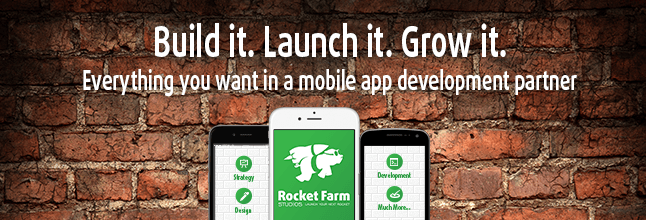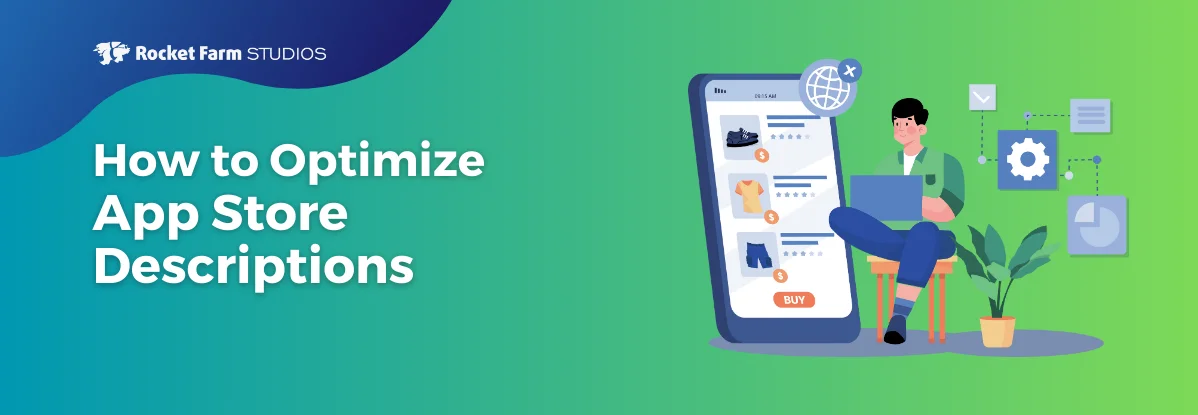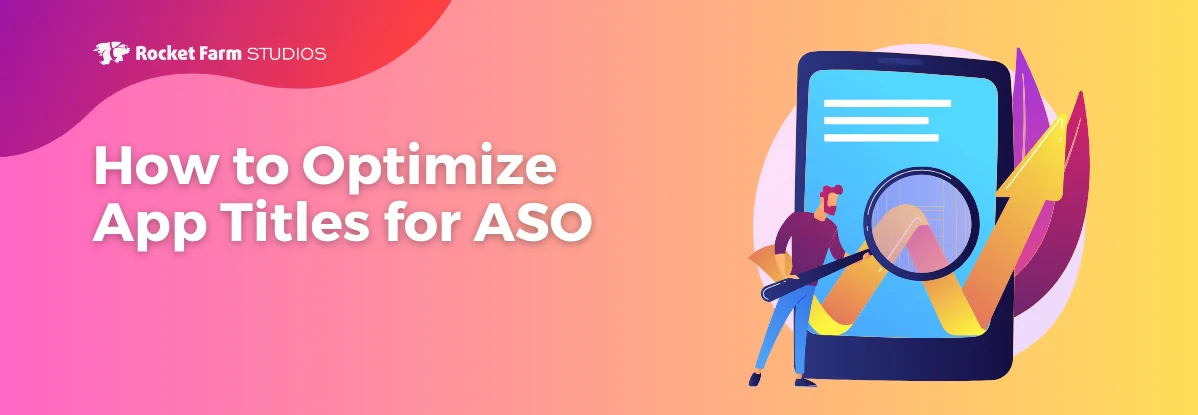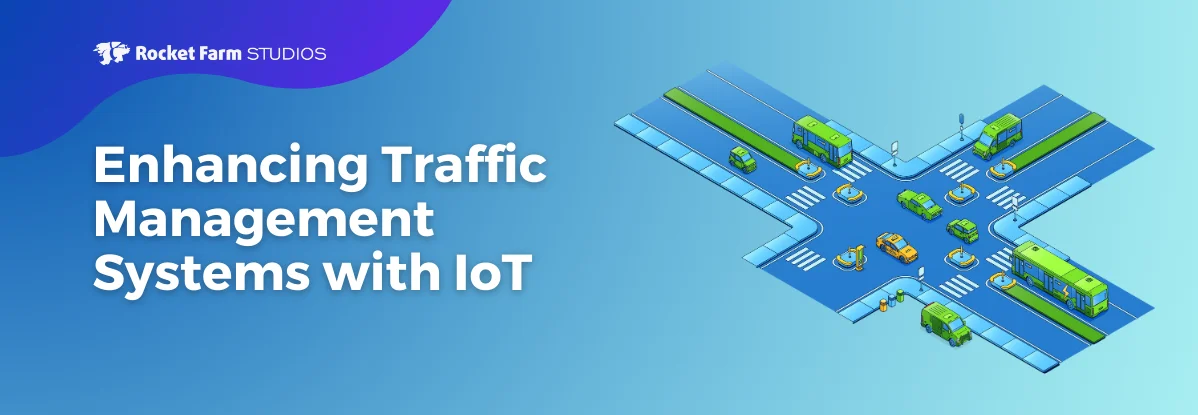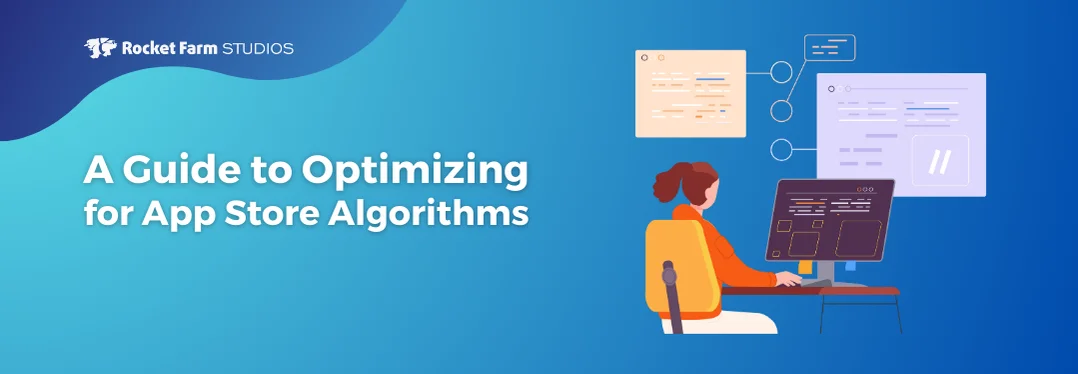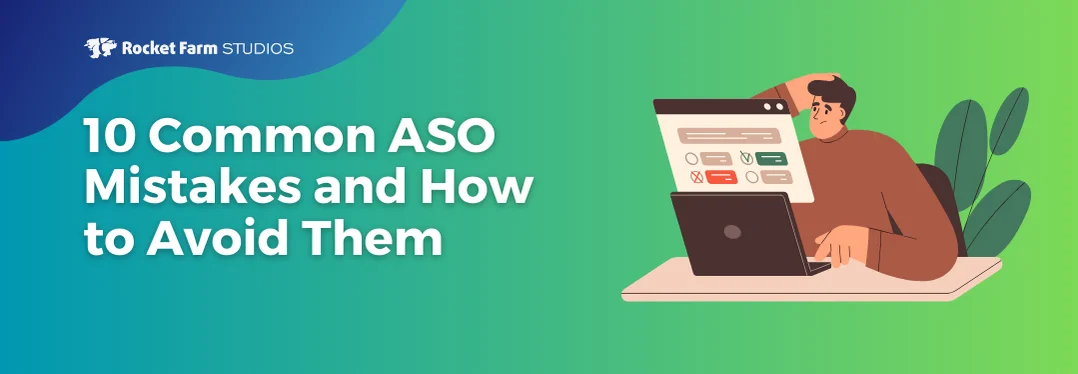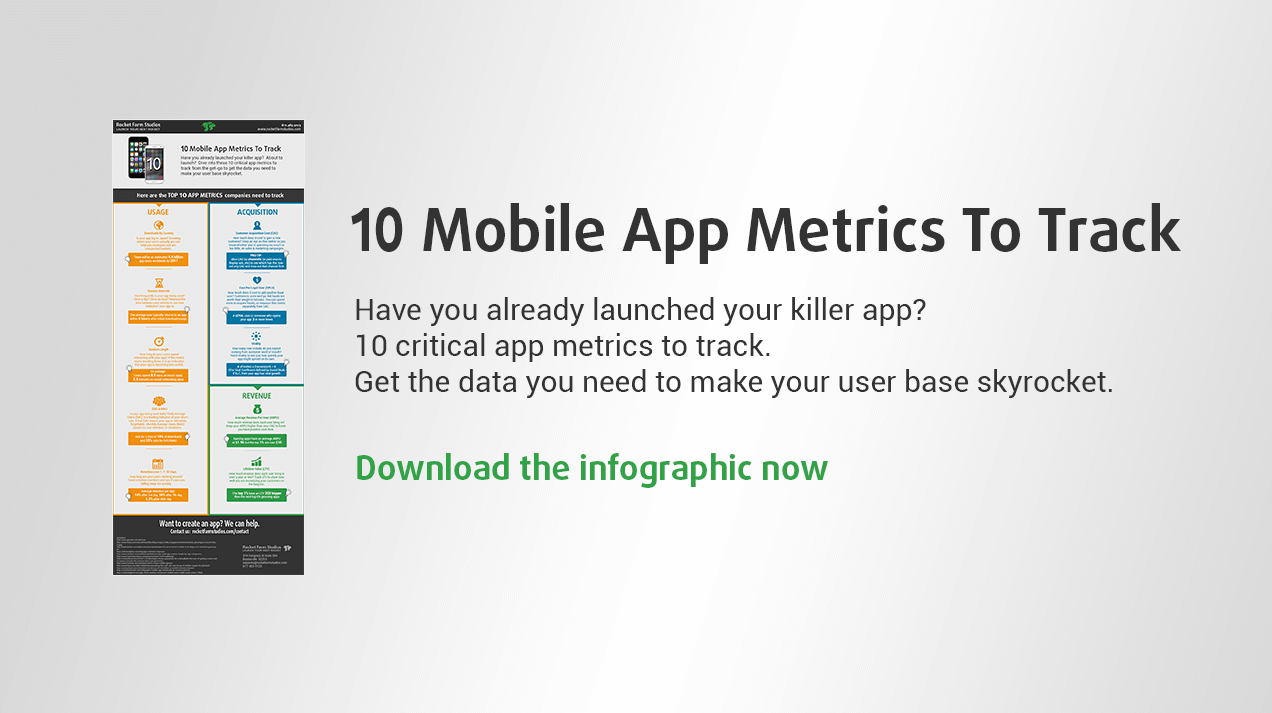By now, you’re probably familiar with the so called “Internet of Things.” If not, it’s the reason we got to meet Steve Wozniak, but that’s another story. “IoT” has been defined in a variety of ways, but the general concept is easy to understand: more and more everyday things we interact with are becoming connected to the internet, and to us. Smart watches, Google’s Nest, printers that automatically order ink when they’re running low; these all fit into the realm of IoT, and it’s a red hot trend in technology. Intel just opened an IoT lab in Ireland and today was the first day of IoTX (Internet of Things Expo) in Dubai.
This connectedness between everyday tech has some large ramifications for app developers specifically. In many ways, we are the ones really at the forefront of this tech revolution since mobile apps will largely be the way humans interface with these smart machines. It’s a big responsibility, not to mention challenge, so here are the five things we are thinking about the most when we talk about the coming Internet of Things revolution.
1. It’s not just about software.
This week, the Sensors Expo and Conference (yes, that’s a thing) will be hosting more than 200 companies that plan to take a bite of the $15 billion pie that sales of sensors are expected to bring in next year. Some of those sensors look like this:
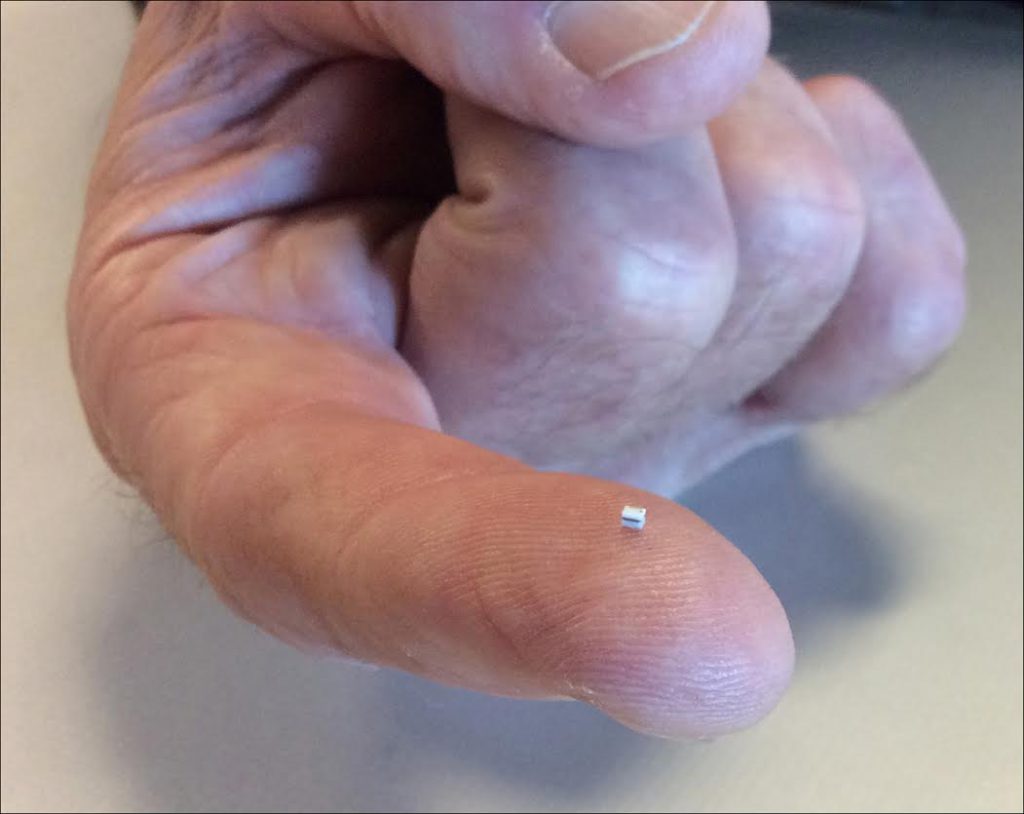 Soon, tiny sensors like this (and probably much smaller) will be in our coffee pots, washing machines, you name it. They have to be to connect these machines to the web, and app designers need to understand the capabilities of these sensors if they want to be in the IoT business. The relationship between app software and real-world hardware is going to become much tighter. App developers will need to forge partnerships with hardware manufacturers not just for tech purposes, but sales purposes as well: those who are experts at integrating with hardware will enjoy long-lasting relationships with their clients who will be more demanding of this skillset.
Soon, tiny sensors like this (and probably much smaller) will be in our coffee pots, washing machines, you name it. They have to be to connect these machines to the web, and app designers need to understand the capabilities of these sensors if they want to be in the IoT business. The relationship between app software and real-world hardware is going to become much tighter. App developers will need to forge partnerships with hardware manufacturers not just for tech purposes, but sales purposes as well: those who are experts at integrating with hardware will enjoy long-lasting relationships with their clients who will be more demanding of this skillset.
2. Big Data is going to get bigger…and noisier.
According to Microsoft France CTO Bernard Ourghanlian, the company “has over an exabyte of data in its public cloud environment, with around seven petabytes of new data storage acquired every month.” That’s an astounding amount of data, but imagine the day that every toaster, every air conditioner has a web-enabled sensor. “Big Data” is going to be an understatement.
The trick isn’t going to be collecting all this data. For app makers, it will be filtering through the data to what is truly useful for our customers, and then presenting it in a easily digestible way. This is already a big problem when it comes to designing UX, so we need to start working on this problem today.
Especially because choosing what data to collect and display has real-world economical considerations as well. According to Camille Loth of m20City, enterprises only use about 10% of all data collected. With most data not being touched, can app developers save corporations money by recommending a less sensitive, and thus less expensive, sensor in their products? The better we can sift through the data to deliver, the more money we can save for both our clients and their customers.
3. Security, security, security.
 Do you want hackers to know when you’ve got new physical mail? If smart mailboxes become a thing, it will be an odd thing we worry about. As more things get connected, customers will want more assurance that their privacy and security are in place. After all, some people are already calling IoT a “creepy” future.
Do you want hackers to know when you’ve got new physical mail? If smart mailboxes become a thing, it will be an odd thing we worry about. As more things get connected, customers will want more assurance that their privacy and security are in place. After all, some people are already calling IoT a “creepy” future.
Said Stephen Baker, a developer at Deloitte’s national security sector: “If those customers just think the vendor is terrible and someone can watch their baby from across the world, they’re not going to like that device. They’re not going to buy it.”
How familiar are you with DNS security extensions? Onion routing? Transport layer security? How can you keep the IoT manageable and secure in the cloud? Developers will have to stay on the forefront of the privacy battle or at the very least risk losing business, and at worse providing a hole for a huge data breach.
4. Get with IoT or get left behind.
The Internet of Things revolution is unavoidable. The big players are all mobilizing in that direction. For example, Google recently introduced Project Brillo: a version of Android specifically geared to managing IoT devices. Apple, of course, is leading the way, announcing devices that will work on their HomeKit platform. Appinions put together this list of the top influential companies when it comes to IoT:
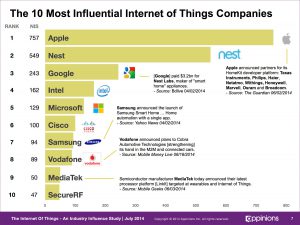 Source: Forbes.com
Source: Forbes.com
Apple and Google will make iOS and Android be the focal points of the IoT movement. App developers better get on board or find a new line of work.
5. There’s a whole lot of opportunity.
The International Data Corporation (IDC) recently estimated that the IoT market will grow from $655.8 billion in 2014 to $1.7 trillion by 2020. Not only is that amount tremendous, but IDC expects app software will capture a larger percentage of the revenue than even hardware. As more and more devices “come online,” an estimated 50 billion devices by 2020, it’s going to be a massive land-grab as developers try to forge relationships with manufacturers first (and best).
We at Rocket Farm Studios couldn’t be more excited about the Internet of Things future, and we’re already working with some amazingly innovative companies to bring their vision of a connected future into the homes of their customers. It’s not just a big opportunity for developers like us, but we’re just fans of this movement purely from a “geeking out” standpoint. We’re right at the cusp of seeing a future only imagined in sci-fi movies, and it’s going to be a hell of a ride.
